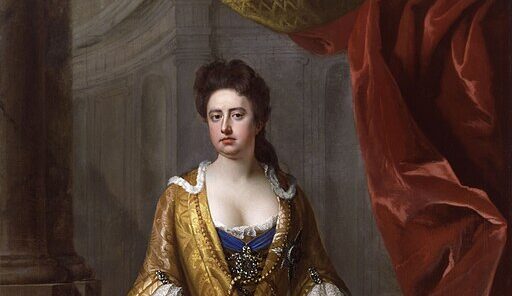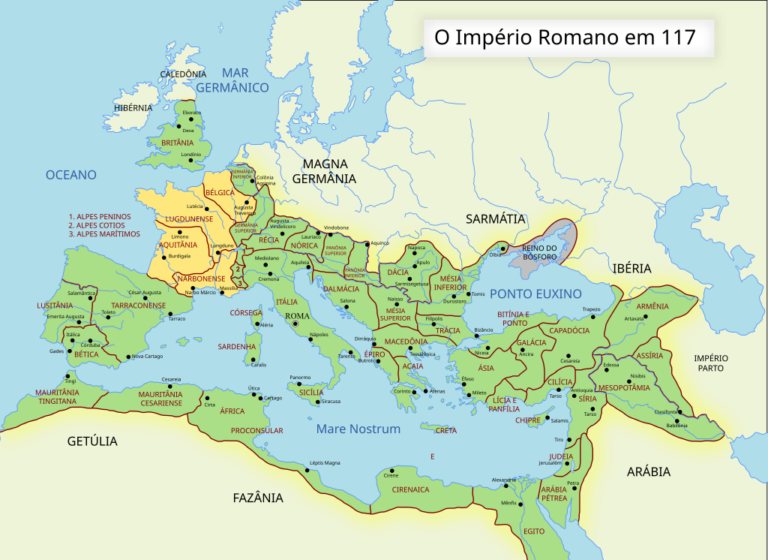
Throughout history, royalty was often expected to produce large families, ensuring the continuation of dynasties and solidifying political alliances. But which monarch can claim the record for the most children? While exact numbers can sometimes be debated due to gaps in historical records, several rulers stand out for their remarkably large families.
Genghis Khan (c. 1162–1227) – Hundreds of Children
Genghis Khan, the founder of the Mongol Empire, ruled from 1206 to 1227 and is believed to have fathered an extraordinarily high number of children. With his primary wife, Börte, he had at least four official sons and five daughters. However, the total number of his children is unknown due to his polygamous lifestyle—he is thought to have had around 500 secondary wives, potentially making his number of offspring one of the highest in history. His vast progeny played crucial roles in expanding the Mongol Empire, with his sons establishing powerful khanates that ruled over vast territories after his death.
Maharaja Jai Singh II of Jaipur (1688–1743) – 30+ Children
At the top of the list is Maharaja Jai Singh II of Jaipur, who ruled the Kingdom of Amber (modern-day Rajasthan, India) from 1699 to 1743. He is believed to have fathered more than 30 children. Though exact records can be difficult to verify, his numerous offspring played significant roles in the kingdom’s administration and alliances. His prolific fatherhood is a testament to the era’s tradition of polygamy among Indian royalty.
King Henry I of England (c. 1068–1135) – 29 Children
King Henry I of England, who ruled from 1100 to 1135, is believed to have fathered 29 children, though only five of them were legitimate. His many illegitimate children were often given influential positions at court or in the church, reinforcing his control over England and Normandy. His extensive lineage made succession complicated, leading to the period of civil war known as The Anarchy after his death.
Queen Darejan of Georgia – 23 Children
Queen Darejan was the wife of King Heraclius II of Georgia and lived during the 18th century. She gave birth to an astonishing 23 children, an extraordinary feat for her time. She remained fertile well into her 40s, with her last child being born when she was 43 or 44. Despite the challenges of maternal mortality in the 18th century, she managed to raise a large family that had a significant impact on Georgian history.
Louis XIV of France (1638–1715) – 22 Children
Louis XIV, also known as the “Sun King,” ruled France from 1643 to 1715. He had approximately 22 children, though many of them were illegitimate. His numerous offspring were a result of his many mistresses, and while only a few of his children played major roles in French history, his bloodline influenced European monarchies for generations.
Queen Anne of Great Britain (1665–1714) – 17–24 Pregnancies
Queen Anne of Great Britain, who ruled from 1702 to 1714, is perhaps the most tragic figure on this list. While records confirm that she was pregnant at least 17 times, some accounts suggest she may have had as many as 24 pregnancies. However, almost all of her children died young, with only one son, William, Duke of Gloucester, surviving infancy—only to die at age 11 from measles. Her struggles with fertility and child loss were well-documented, making her story one of sorrow rather than triumph.
King Edward I of England (1239–1307) – 19 Children
King Edward I, also known as “Longshanks,” ruled England from 1272 to 1307. He had 19 legitimate children by his two wives, Eleanor of Castile and Margaret of France. Many of his children did not survive infancy, but his large family was essential in securing political alliances across Europe. His son, Edward II, succeeded him, though his reign proved tumultuous.
King Francis I of France (1494–1547) – 17 Children
Francis I of France, who ruled from 1515 to 1547, is known for his patronage of the arts and involvement in the Italian Wars. He is often cited as one of the most prolific European monarchs in terms of children, reportedly fathering 17. Though the exact number varies in historical accounts, his children played crucial roles in shaping France’s political landscape.
Ferdinand I of Austria (1793–1875) – 16 Children
Ferdinand I of Austria, who ruled the Austrian Empire from 1835 to 1848, fathered 16 children, securing his place among history’s most prolific rulers. His offspring played pivotal roles in European politics, contributing to the vast and complex web of Habsburg alliances that shaped continental history.
Queen Keran of Armenia (1262–1285) – 16 Children
Another queen known for her large family is Queen Keran of Armenia, who lived in the 13th century and was the wife of King Leo II of Cilician Armenia. She bore 16 children, many of whom played essential roles in Armenian politics and dynastic affairs. Like many royal women of her time, her numerous offspring were used to forge political alliances and continue the royal bloodline.
Queen Charlotte (1744–1818) and King George III (1738–1820) – 15 Children
Queen Charlotte, wife of King George III of Great Britain, gave birth to 15 children. The couple ruled during a time of significant upheaval, including the American Revolution and the early Industrial Revolution. Their large family ensured a robust succession line, though George III’s later descent into mental illness cast a shadow over their legacy.
…
Other articles:




